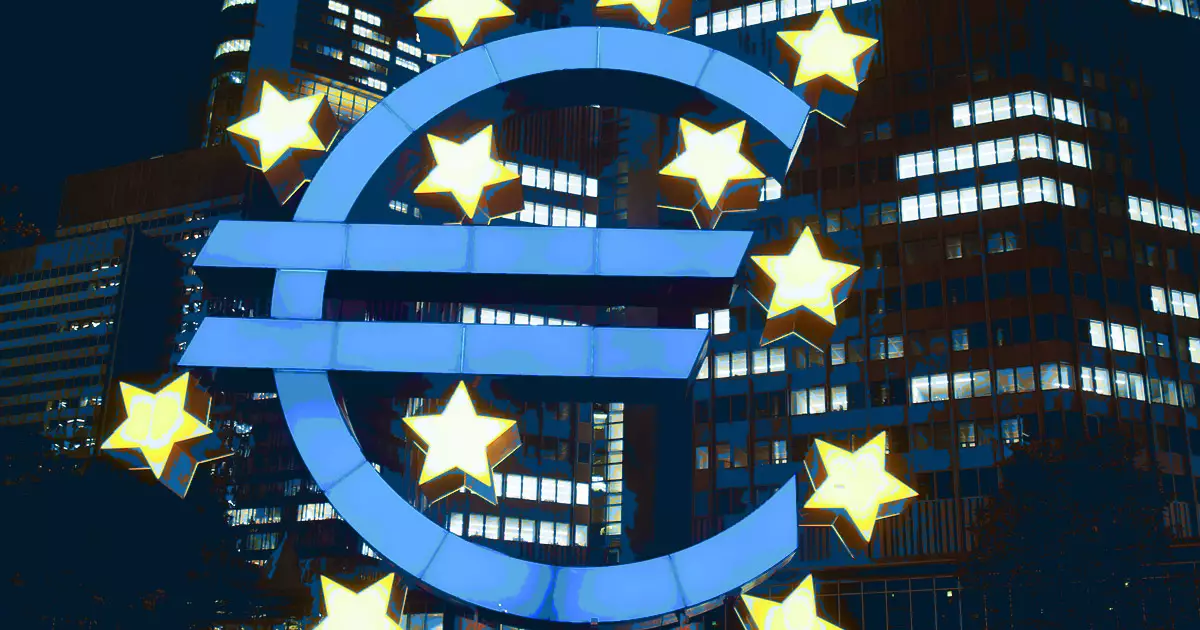In a pivotal address at the Bundesbank Symposium on the Future of Payments, Piero Cipollone, an influential voice at the European Central Bank (ECB), made a compelling case for the urgent integration of digital assets and distributed ledger technology (DLT) in Europe’s financial landscape. His argument is not just about technological advancement; it is a clarion call for a fundamental reevaluation of Europe’s fragmented financial systems. He highlighted how the current scenario, characterized by 35 listing exchanges and 41 trading platforms, undermines the efficiency of capital markets and burdens investors and businesses with increased intermediation costs.
Europe’s financial infrastructure presents a convoluted picture, where multiple platforms operate in silos, leading to inefficiencies and higher transaction costs. Cipollone’s address underscores the pressing need to dismantle these barriers. He emphasized that existing efforts, such as the TARGET2-Securities platform, while beneficial, fall short due to inconsistent regulatory frameworks across member states. This calls for a unified approach that harmonizes custody rules, taxation processes, and regulatory oversight to facilitate a cohesive and competitive capital market.
The Challenge of Fragmentation
Cipollone’s critique of Europe’s capital markets highlights a core issue: fragmentation. The absence of a unified supervisory framework, coupled with the lack of a common safe asset, has left Europe’s capital markets vulnerable and less competitive on a global scale. Although strides have been made toward integration, the European Union must accelerate these initiatives, particularly as digital assets gain traction in the financial world.
One of the most compelling aspects of Cipollone’s argument is his focus on tokenization—the practice of representing assets on blockchain technology. He posits that tokenization could revolutionize the financial system, enabling faster, more efficient transactions that bypass the delays of traditional models. This vision of a future where assets are traded on a decentralized network offers a tantalizing glimpse into a more interconnected financial ecosystem.
Cipollone’s emphasis on DLT is particularly noteworthy. He pointed out that DLT does not rely on centralized databases, but operates through a network of decentralized nodes, allowing for real-time synchronization and security that traditional methods cannot provide. With over 60% of EU banks exploring DLT solutions, and 22% already utilizing these technologies, there is a palpable shift towards embracing this innovative approach. However, Cipollone cautioned that the potential of DLT remains largely untapped, primarily because of the fragmented adoption across member states.
The ECB executive urged regulators to expedite their efforts to support the transition to digital markets, underscoring the necessity for central bank money to play a critical role in the emerging landscape. He proposed the establishment of a European ledger, a comprehensive platform where digital and traditional assets can coexist, facilitating seamless transactions and interoperability among various financial institutions.
Cipollone’s call for collaboration cannot be overstated. He stressed the importance of a cooperative approach among regulators, central banks, and market participants to prevent the development of isolated platforms that could exacerbate existing fragmentation. In a rapidly evolving financial environment, the absence of coordination could pose significant challenges, hindering progressive developments in digital finance.
Moreover, Cipollone articulated a broader vision where the transformative potential of tokenization transcends mere efficiency gains. He envisions a paradigm shift in how financial markets operate, ultimately democratizing access and fostering greater participation among various stakeholders. The prospect of real-time transactions on decentralized networks offers an attractive alternative to traditional systems that have been in place for centuries, potentially leading to a more inclusive financial ecosystem.
Piero Cipollone’s insights emphasize the urgent need for Europe to embrace digital assets and DLT as tools for revitalizing its capital markets. By addressing the underlying fragmentation and enhancing regulatory coherence, Europe can not only improve its competitiveness but also pave the way for a more inclusive and innovative financial future. The road ahead requires collaborative efforts from all stakeholders, but the potential rewards—a unified, efficient, and modern financial system—are well worth the endeavor. As Europe stands at this critical juncture, the call to action is clear: it is time to harness the power of digital transformation to unlock new possibilities for the continent’s financial markets.

